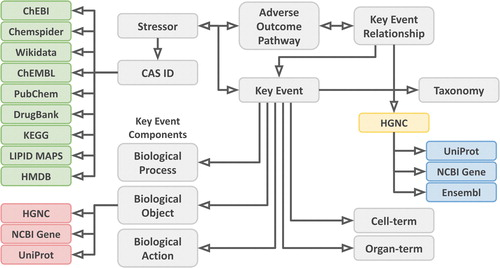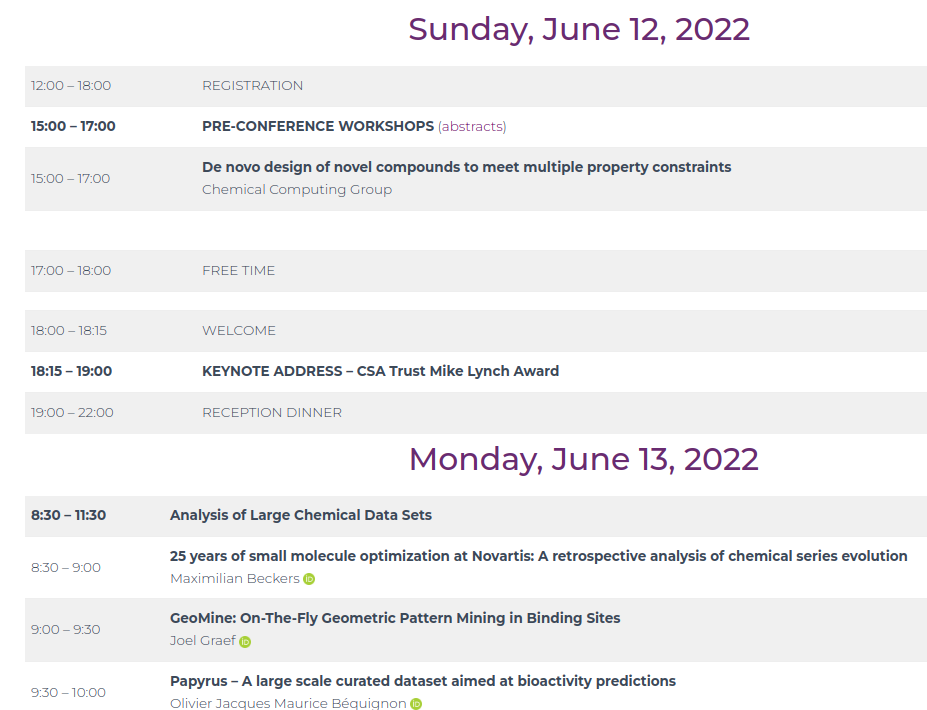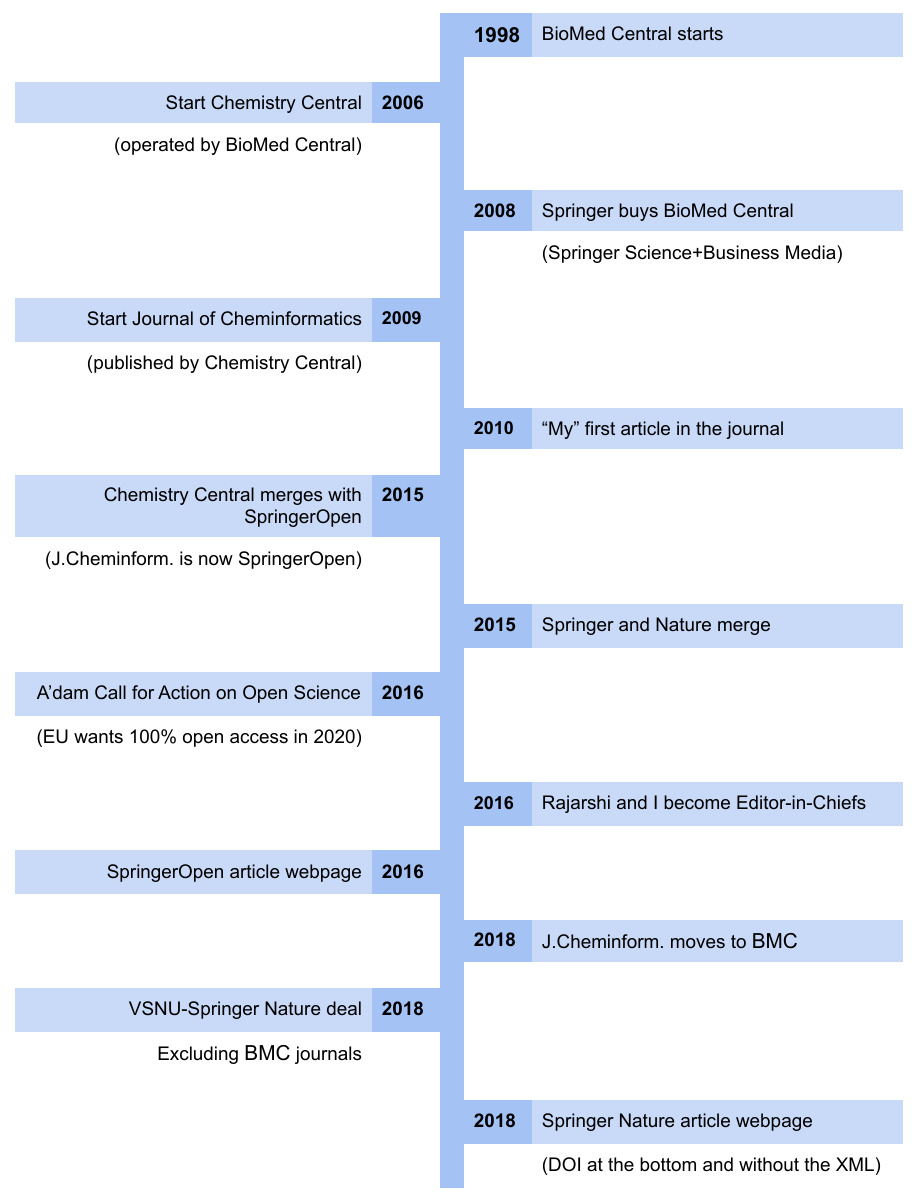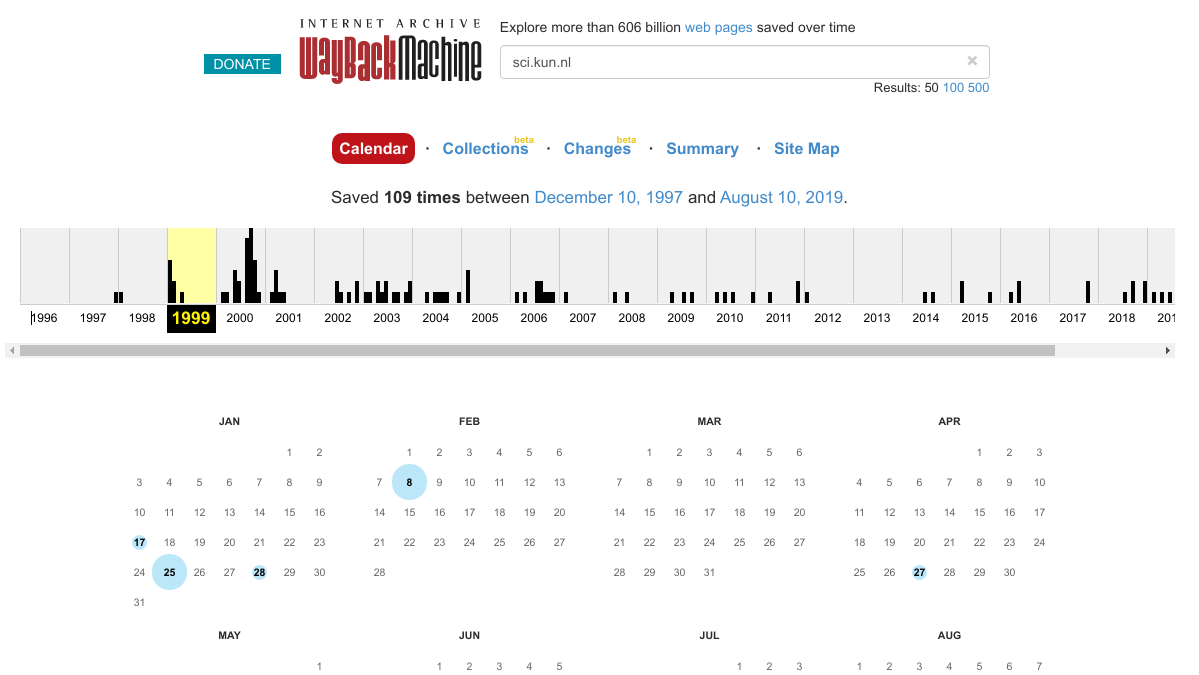-

new: "Providing Adverse Outcome Pathways from the AOP-Wiki in a Semantic Web Format to Increase Usability and Accessibility of the Content"
I am a bit behind with tweeting about new published papers, but let that not reflect that these papers are not very exciting. The first paper is by Marvin an almost-finished PhD candidate in our group and now working as postdoc on the VHP4Safety project. He has been working on linking adverse outcome pathways (AOPs) with molecular pathways, such as in WikiPathways. This work was mostly done as part of the EU projects OpenRiskNet and EUToxRisk , during which he disseminated his research in many directions (e.g. the second paper in this post). Talking about impact. -

The International Conference on Chemical Structures scientific program is online!
Part of the scientific program of the ICCS 2022. Now that most speakers confirmed their talk by registering for the conference, it was time to upload the preliminary scientific program of the International Conference on Chemical Structures (#2022ICCS ). -
BridgeDb NWO grant update #1: first steps
Last year, Denise, Tina, Marvin, and I received an NWO Open Science grant (203.001.121) to improve the long running BridgeDb project, originally developed by Martijn van Iersel (see doi:10.1186/1471-2105-11-5). Helena joined our group as research software engineer and will work part-time on this grant. We started two weeks ago, so time for an update of results: -

BioHackathon Europe 2021 #1: CiTO annotations in BioHackrXiv
Serendipity. I did not plan this hack at the BioHackathon Europe 2021 but it happened anyway. Based on earlier work in the Journal of Cheminformatics, extending on the work by Krewinkel et al. I looked into the idea of using the Lua filter for BioHackrXiv, a preprint server for BioHackathons. Actually, I started by looking at the Citation Styling Language file used by the BioHackrXiv tools. But that was just wrong. -

Conflict of Interest. Or why I am stepping down as Editor-in-Chief of the Journal of Cheminformatics.
Rough timeline of the Journal of Cheminformatics. The linked PDF has linked years with references. In this open letter, I will explain why I intend to step down as Editor-in-Chief of the Journal of Cheminformatics, which also happens to be a Springer Nature journal. It took me two years to come to this decision, and it cannot be claimed that I did not carefully evaluate the various aspects of it. However, I have now come to the conclusion that the opportunity it gives me to implement my ambition to shape open science chemistry now conflicts with the interests of Springer Nature. I will here outline some of the things I have taken into consideration.

